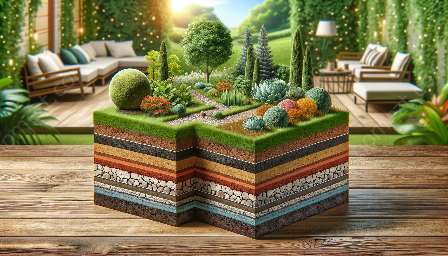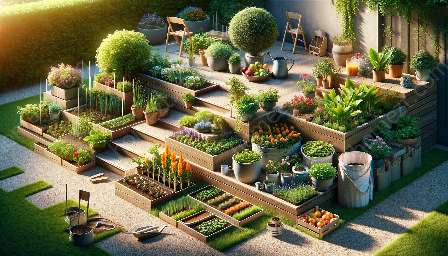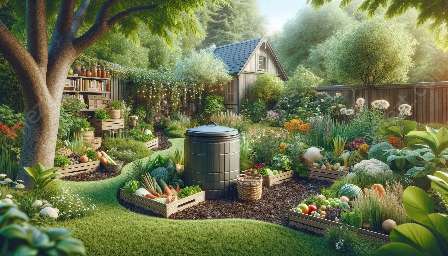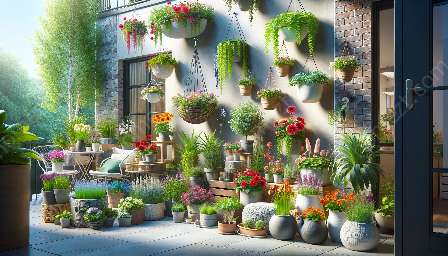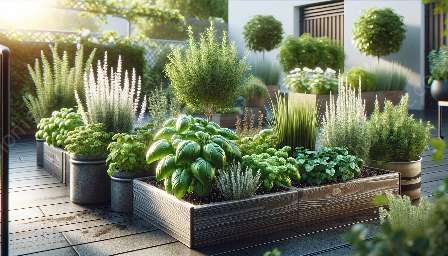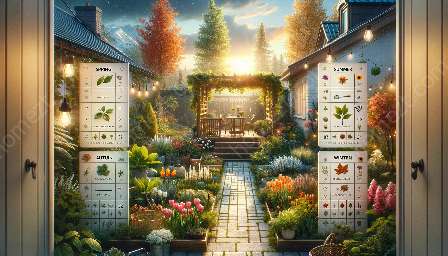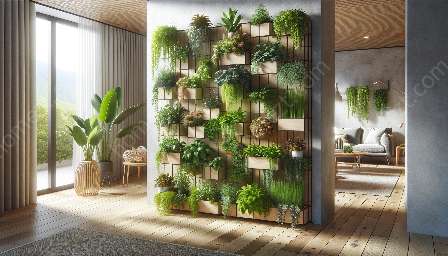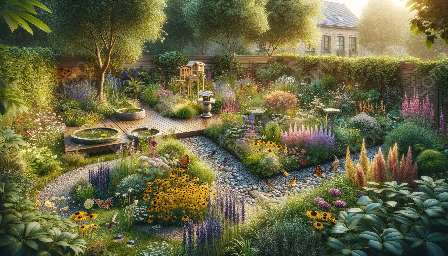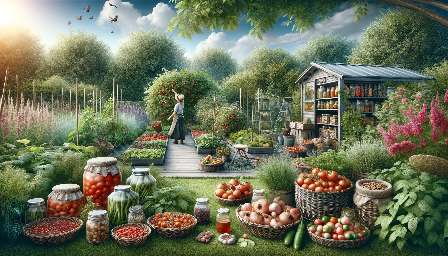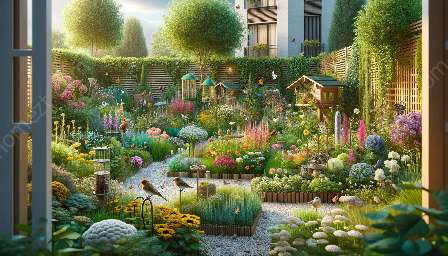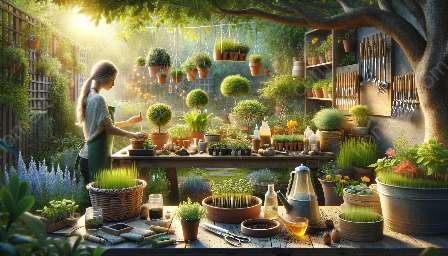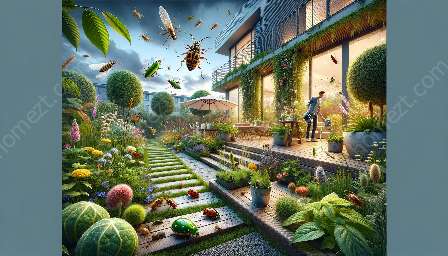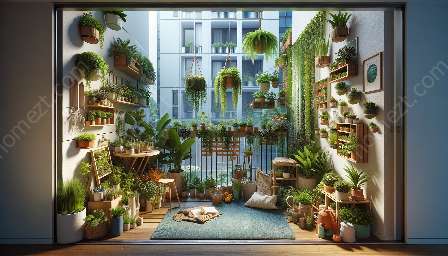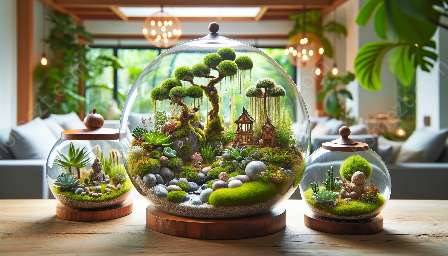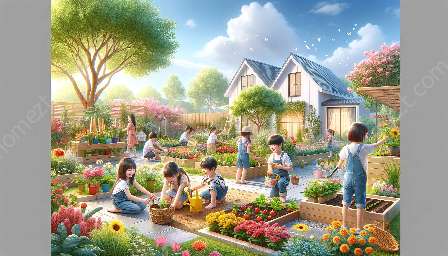Indigenous and native plants are an essential part of gardening and home improvement, offering unique beauty, sustainability, and resilience. By understanding the benefits of these plants and how to incorporate them into your projects, you can create a vibrant and thriving environment that enhances the natural beauty of your home.
Understanding Indigenous and Native Plants
Indigenous and native plants are those that naturally occur in a specific region and have evolved to thrive in the local climate, soil, and environmental conditions. These plants have adapted to the area over centuries and play a crucial role in maintaining the ecological balance of their native habitats.
Unlike exotic or non-native plants, indigenous and native species have developed strong resistance to local pests and diseases, making them low-maintenance and sustainable choices for your garden and landscaping projects.
The Benefits of Indigenous and Native Plants
There are numerous benefits to incorporating indigenous and native plants into your gardening and home improvement endeavors. Firstly, these plants require minimal water once established, reducing the need for irrigation and contributing to water conservation efforts.
Additionally, native plants provide essential habitat and food sources for local wildlife, including birds, insects, and pollinators. By cultivating native plant species, you can create a thriving ecosystem that supports biodiversity and ecological resilience.
Indigenous and native plants also contribute to the overall health of the environment by improving soil quality, preventing erosion, and sequestering carbon. Their deep root systems and natural resilience make them valuable allies in combating climate change and promoting sustainable land management.
Incorporating Indigenous and Native Plants into Your Garden
When planning your garden or landscaping projects, consider the wide variety of indigenous and native plants available for your region. Research local species that are well-suited to your climate and soil conditions, and select a diverse range of plants to create a dynamic and visually appealing landscape.
Integrating native plants into your garden design can enhance the aesthetic appeal of your outdoor space while also supporting the local ecosystem. Consider factors such as bloom times, foliage colors, and plant heights to create a harmonious and visually striking display throughout the seasons.
Home Improvement and Sustainable Landscaping
Indigenous and native plants can also be integral to sustainable home improvement projects. Incorporating these plants into your landscaping can reduce the need for chemical pesticides, fertilizers, and excessive watering, promoting a more eco-friendly and low-maintenance outdoor environment.
Consider creating natural habitats for local wildlife by incorporating indigenous and native plants into your yard. Bird and butterfly-friendly gardens, for example, can be not only visually appealing but also beneficial for local ecology, enhancing the natural beauty of your home while contributing to biodiversity conservation efforts.
Conclusion
Indigenous and native plants offer a myriad of benefits for gardening and home improvement, from their ecological resilience to their striking visual appeal. By embracing these plants in your projects, you can create a sustainable and enchanting environment that enhances the beauty of your home while contributing to the preservation of local ecosystems.
Embracing indigenous and native plants in gardening and home improvement is not only a practical choice but also a meaningful contribution to the overall health and sustainability of the environment. By prioritizing the use of these plants, you can create a landscape that is not only visually stunning but also ecologically significant, enriching your home and the community around it.

